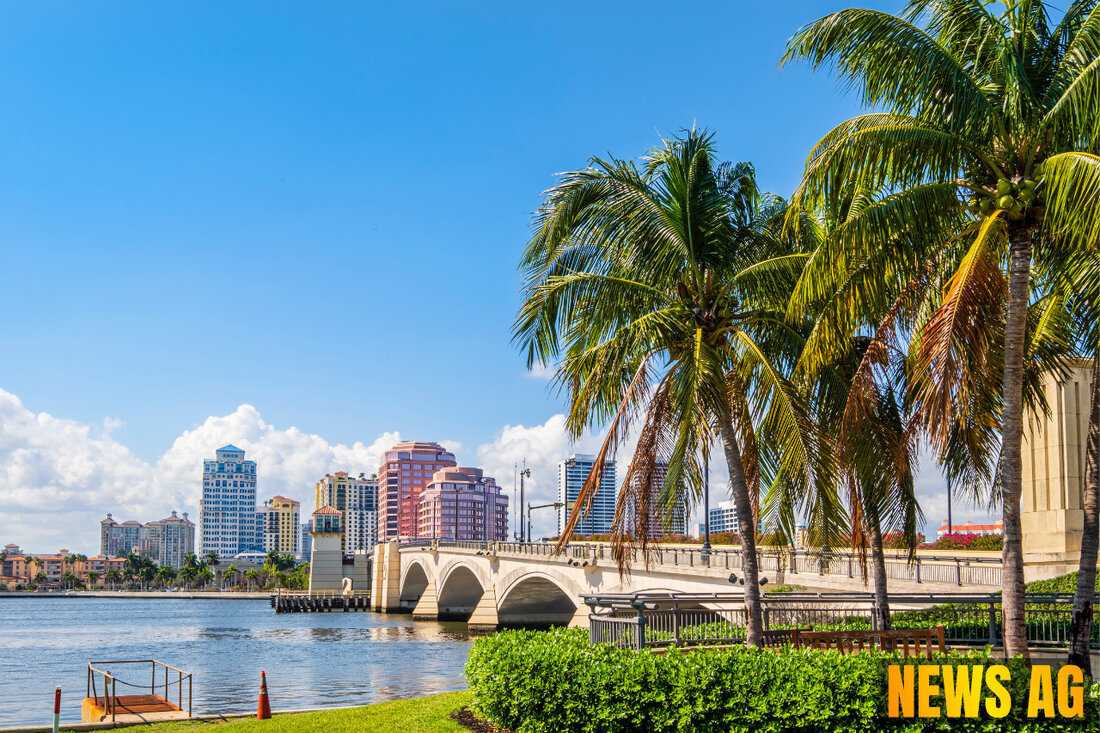Urban Cowboys: Duda Ranch Defies Suburbia to Preserve Cattle Legacy
Explore how Viera, Florida's "urban cowboys" maintain cattle ranching traditions amid modern challenges, including climate impacts and market pressures.

Urban Cowboys: Duda Ranch Defies Suburbia to Preserve Cattle Legacy
In the lush landscape of Viera, Florida, the Duda Ranch stands as a living testament to a tradition that has weathered the storms of urban development and market pressures. The ranch is home to three dedicated „urban cowboys“ who embody a seven-generation commitment to cattle ranching. Despite the encroachment of suburbia, the Duda family, the founders of Viera, has managed to preserve this vital piece of agricultural history as part of their development plans. They employ these cowboys not just to manage cattle but to maintain a connection to the agrarian roots of the area.
As they navigate the challenges of Florida’s hot and humid climate—which can reduce cattle appetite and weight gain—the cowboys demonstrate a blend of traditional techniques and modern technology. For instance, they start their workdays at 5 a.m., often donning apps on their devices to keep tabs on beef market trends. Nevertheless, they face their own unique set of hurdles, from climate issues to competition presented by imported beef and threats posed by parasites like horn flies.
Cattle Industry Landscape
According to Florida Today, Duda Ranch currently houses around 1,400 cattle, a stark contrast to the more than 2 million that grazed in Florida back in the 1950s. The state’s cattle ranching community has seen a decline of 16% in operations since 2017, with just 15,568 remaining in 2022. This downward trend is concerning, especially as Florida ranks a modest 10th in beef cattle production nationally, with approximately 865,000 head, as highlighted in a recent report from the University of Florida’s Institute of Food and Agricultural Sciences (IFAS).
Despite the challenges, there are glimmers of hope. Florida’s beef cattle inventory ticked up 0.3% since 2024, showing an increase of around 3,000 head, indicating a potential stabilization in the industry. Factors such as continued high prices are encouraging calf production, contributing to a modest optimism among producers.
Economic Contributions of Cattle Ranching
The economic impact of cattle ranching in Florida is noteworthy. The 2017 study reveals that Florida boasts over 5.4 million acres of improved pasture and rangeland for cattle production, covering about 15.6% of the state’s land area. In 2017, cattle and calf production alone was valued at $502 million, while milk production added another $537 million to the economy.
This industry does a good deal for job creation as well, directly employing over 58,000 Floridians and contributing $8.26 billion in sales revenues. With recreational activities and ecosystem services valued at over $4.605 billion annually, it’s clear that Florida’s cattle ranching isn’t just about beef—it’s a cornerstone of the local economy.
Back at Duda Ranch, the cowboys maintain their heritage with pride, continuing to practice the stewardship of the land that has characterized their family’s history since they began farming in 1926. They hold a shared vision of passing the torch to future generations, as some have set aside cattle for their children, ensuring that this legacy of Florida cattle ranching can thrive amidst the inevitable changes that urban development continues to bring.
